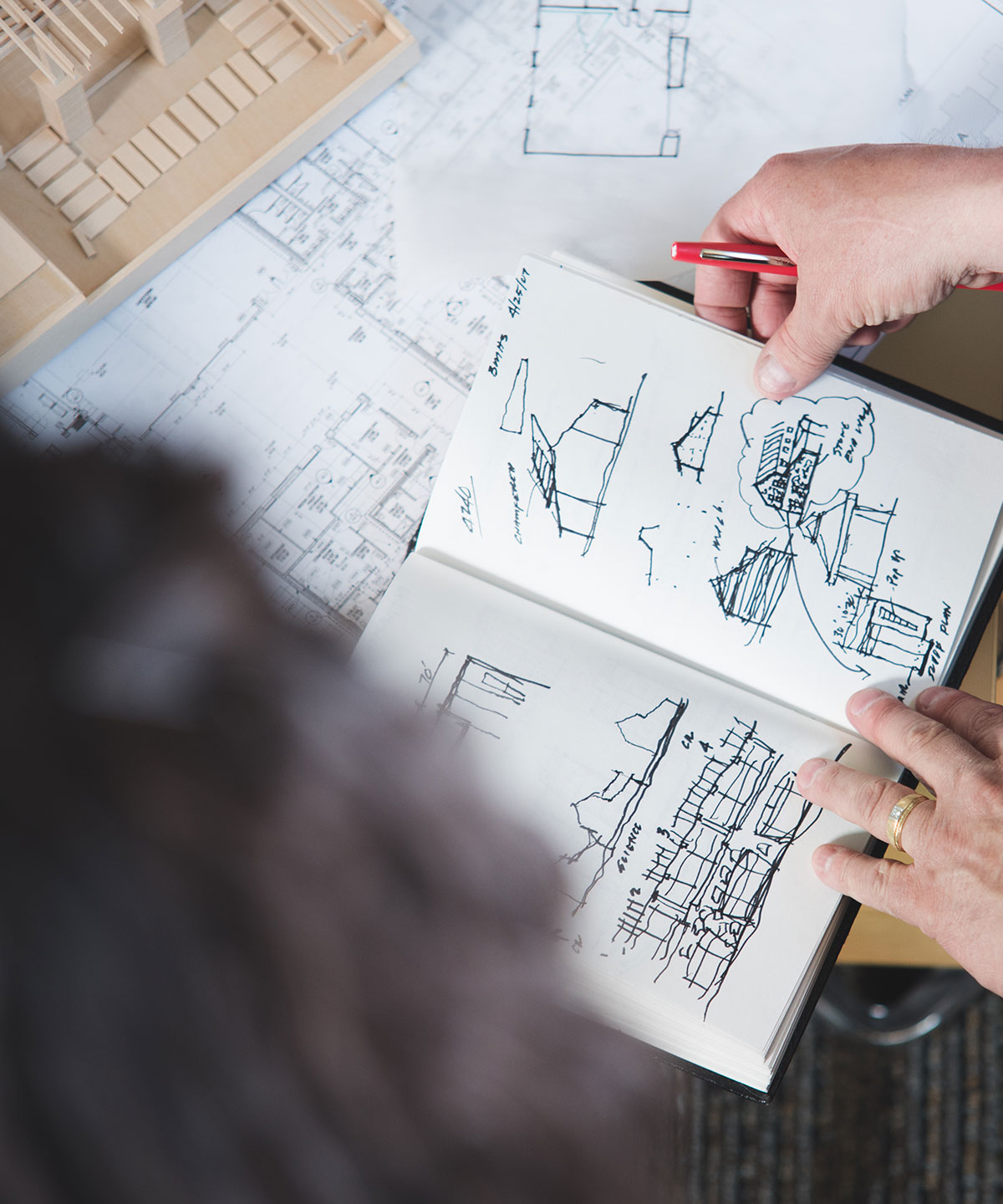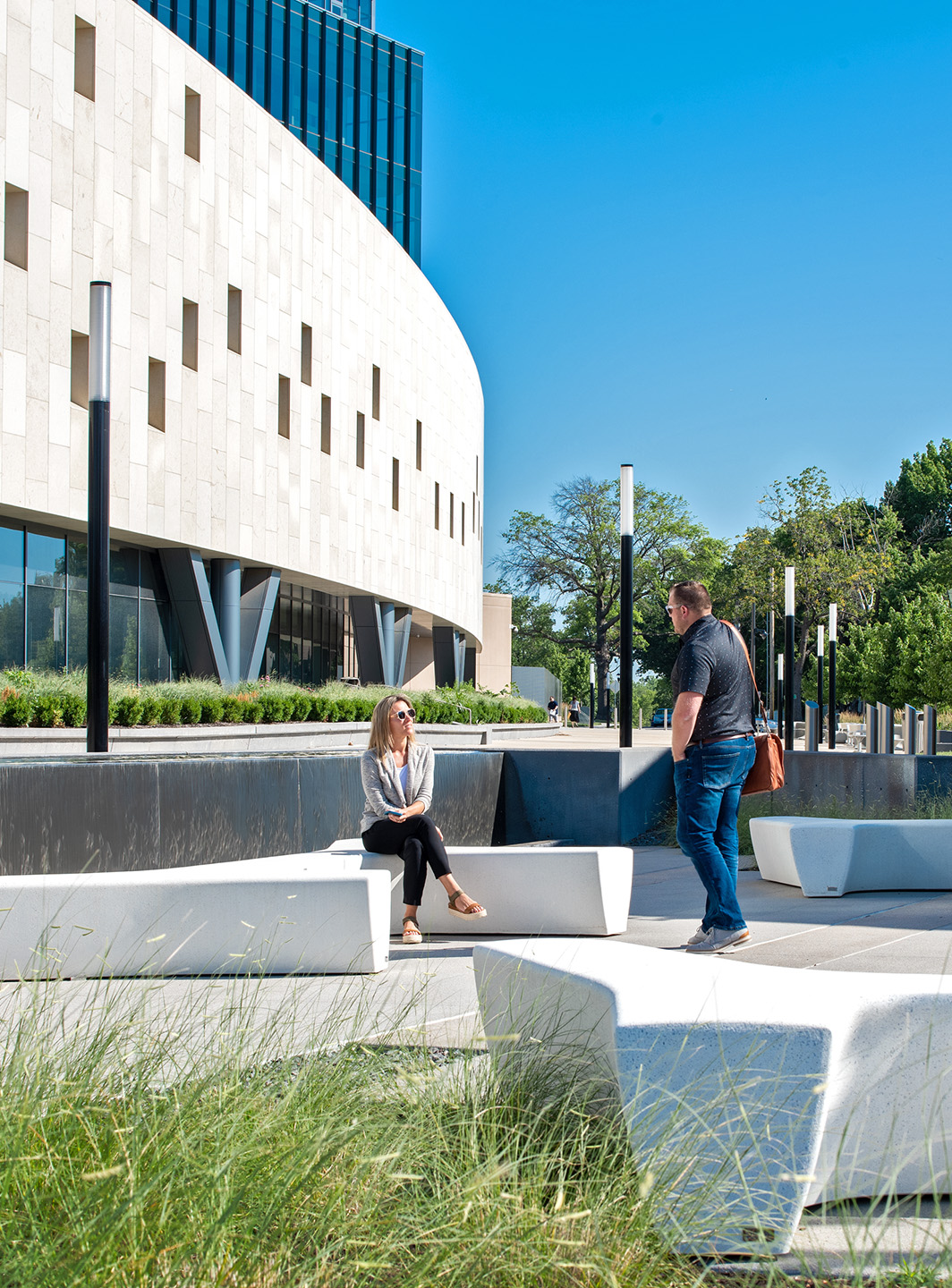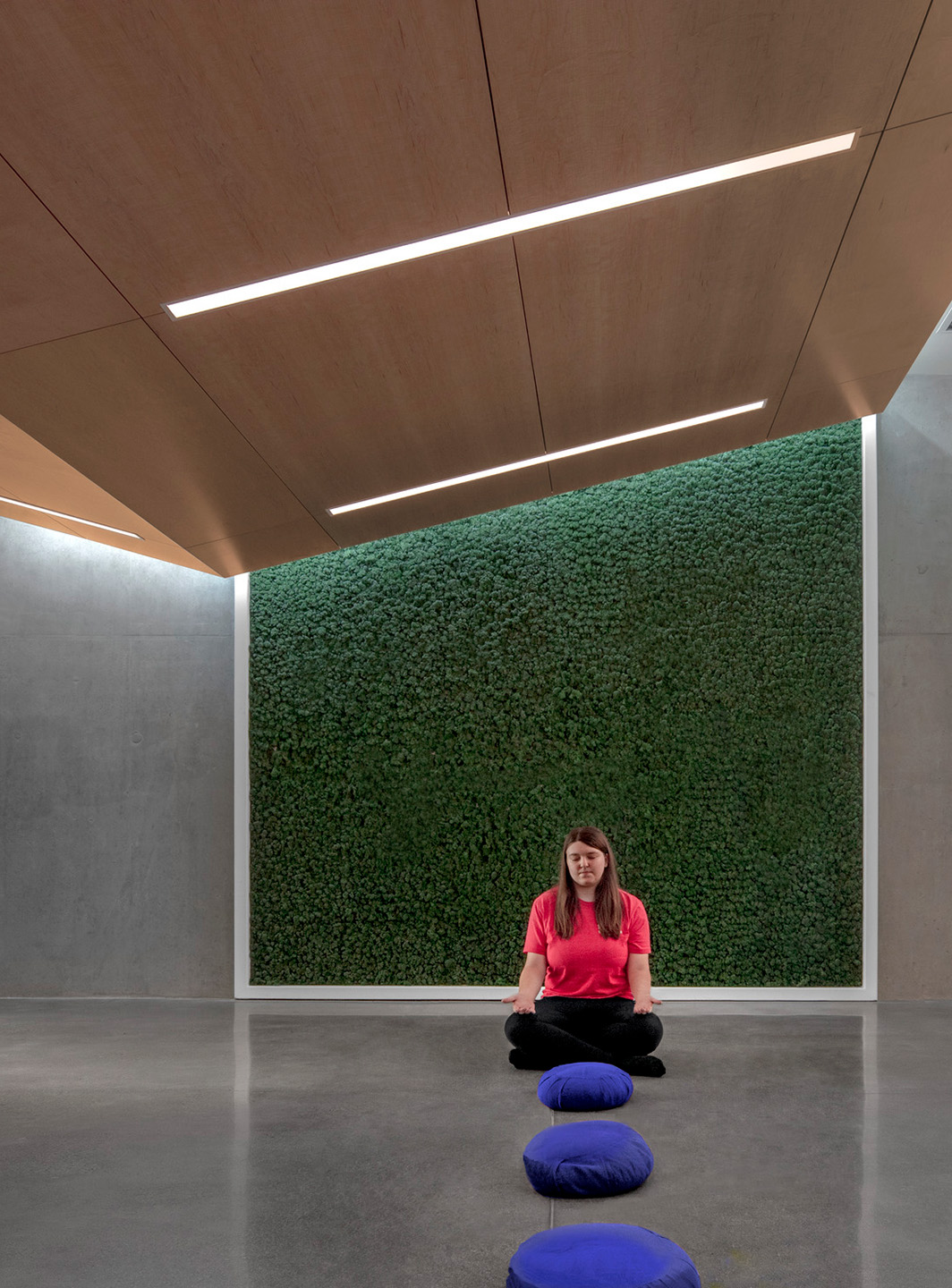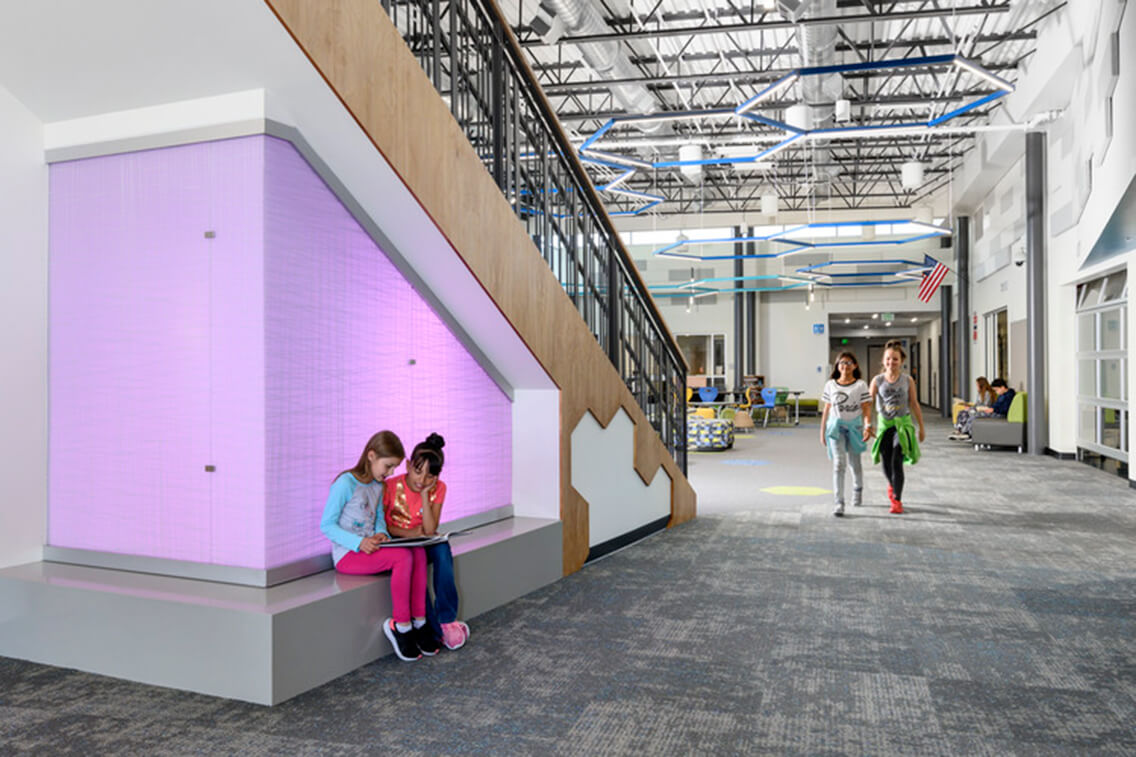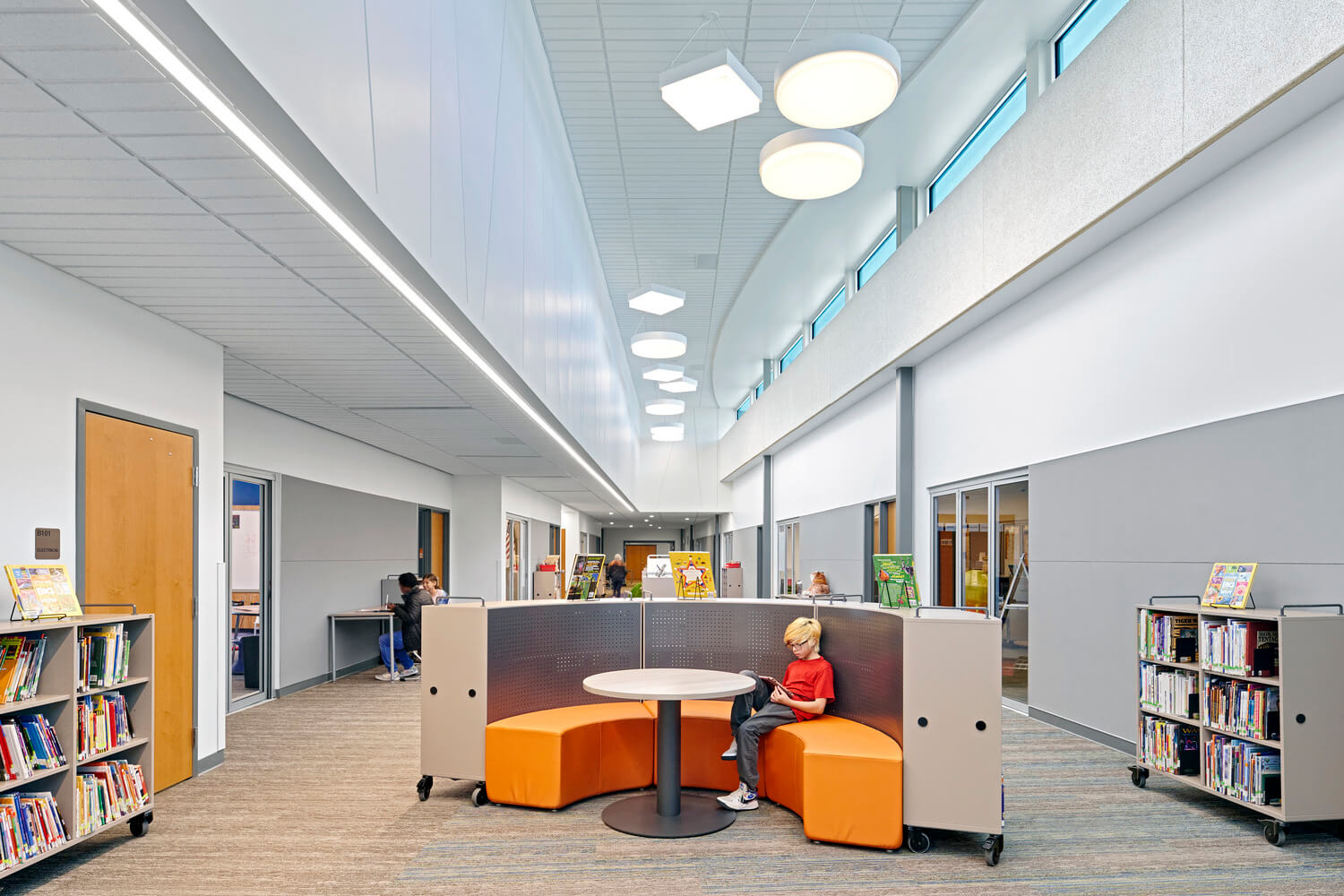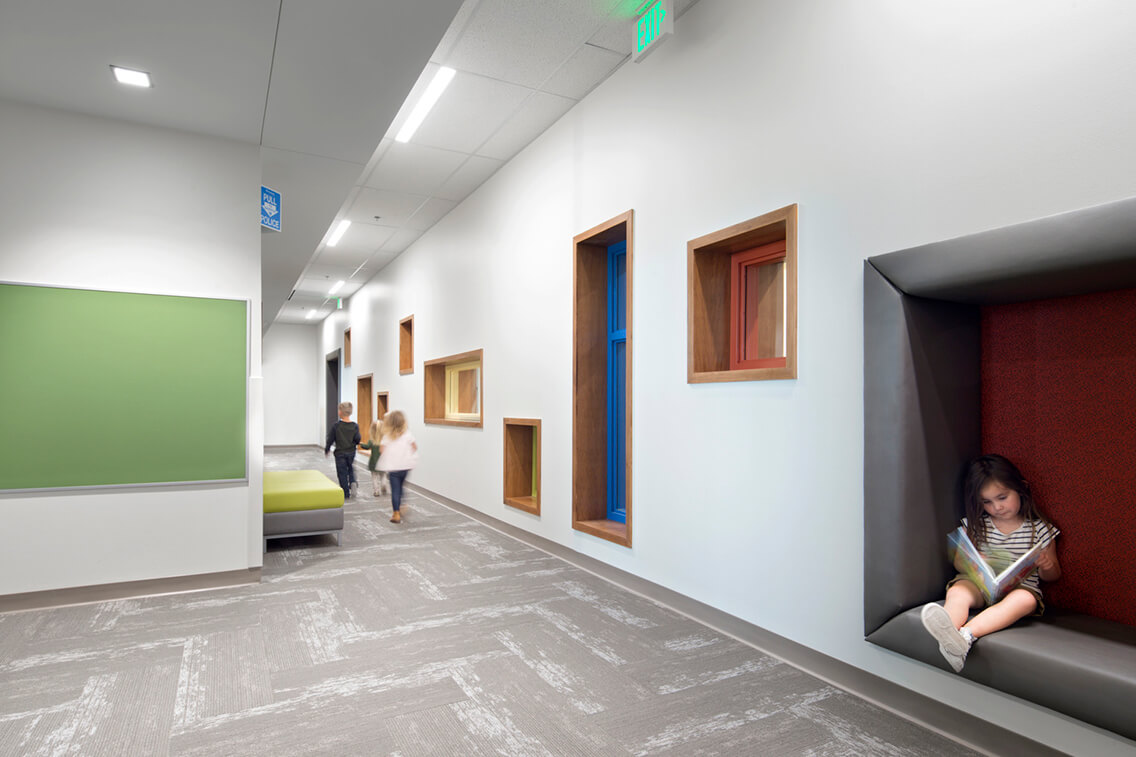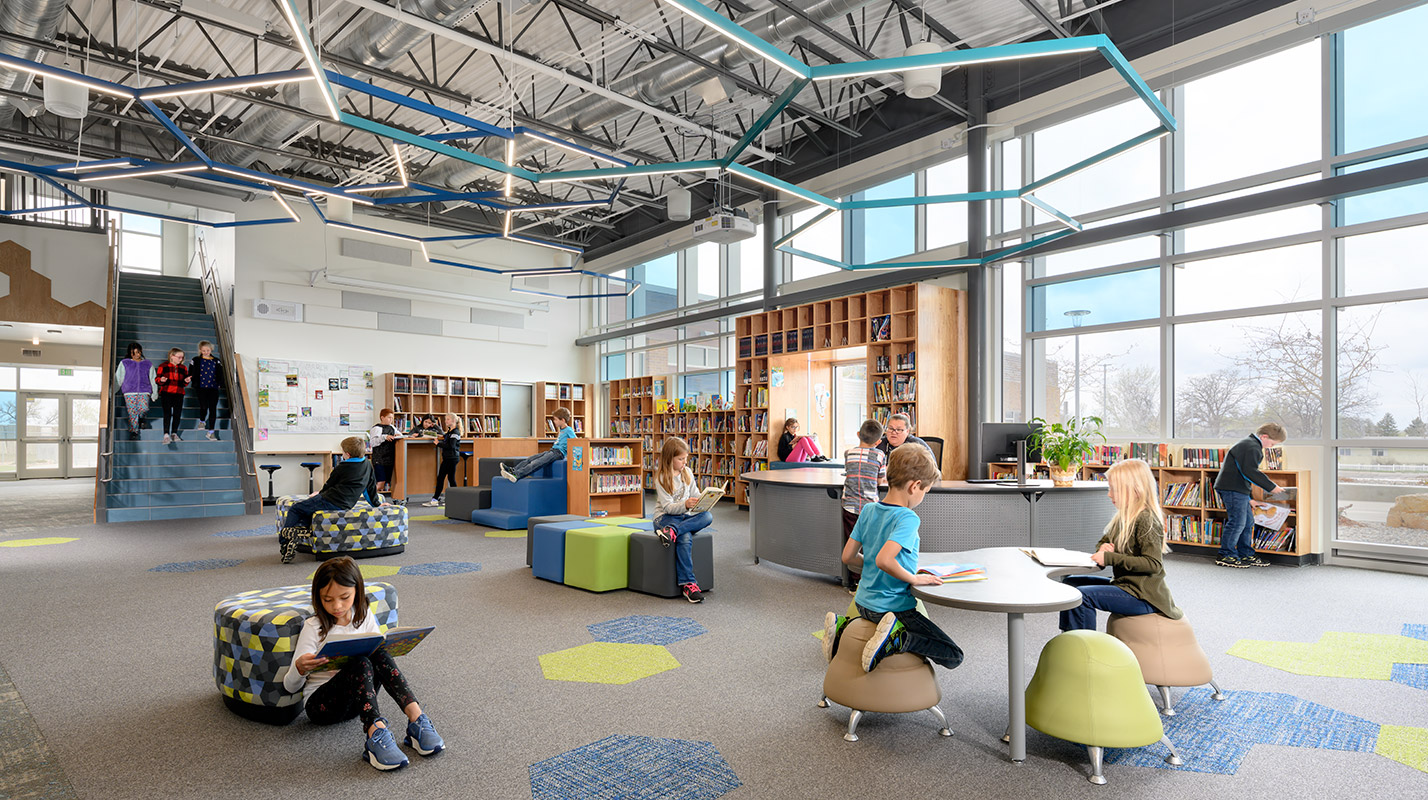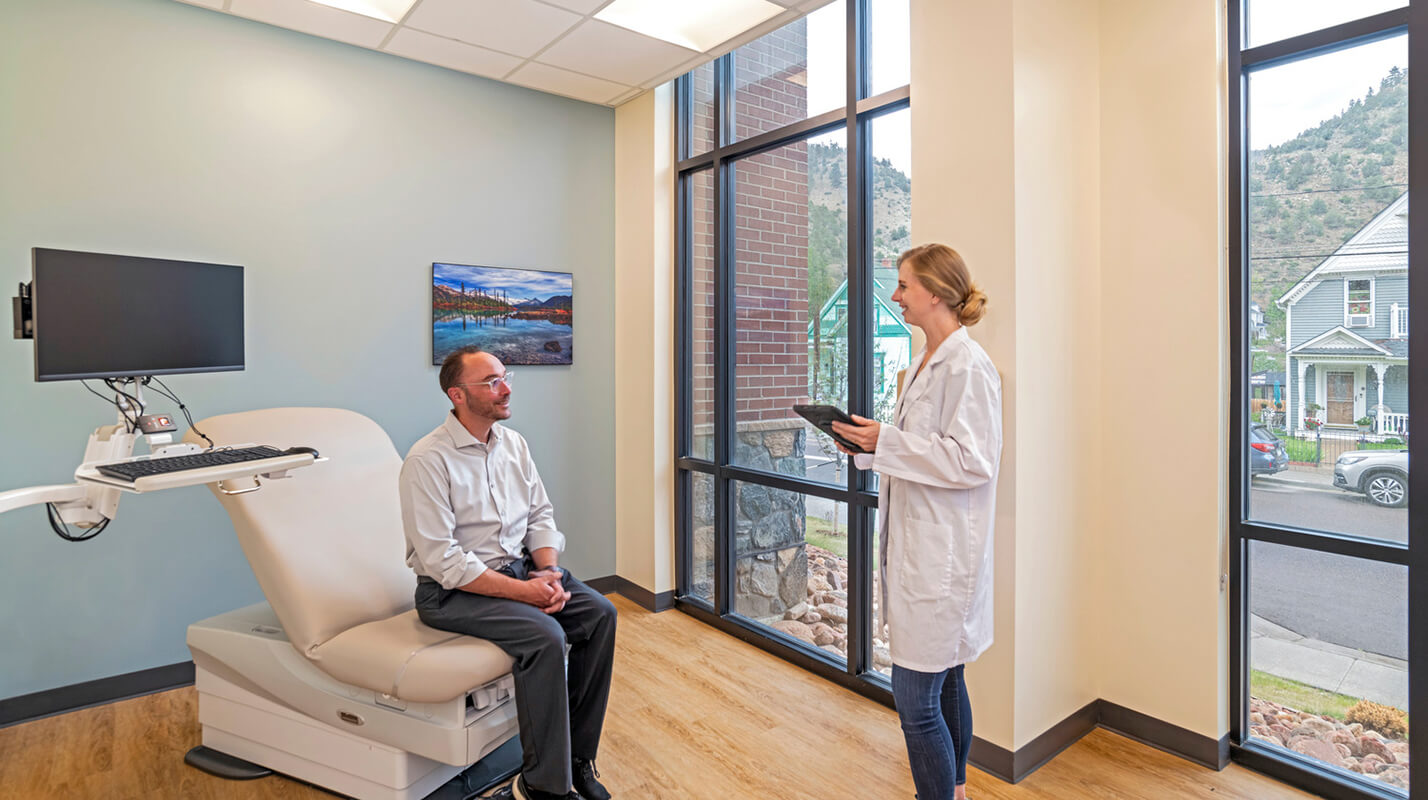A room of one’s own: designing for introverted learners
When half of the population is introverted, is collaboration-focused design inclusive?
School curriculums have shifted to reflect the needs of 21st Century workplaces, which prioritize working in teams, social networking, and critical thinking. As a result, we’re designing more educational spaces with one common component: collaboration.
Collaboration and problem-solving skills are important to develop for students at all ages, making classrooms that support this type of working style beneficial. However, when we look at what makes a student successful on an individual level, we find that not all benefit from constantly learning in this type of group setting. For some students, it can be mentally tiring and even negatively impact their academic success.
According to Myers-Briggs, 57% of the global population prefers introversion. An introvert is defined as “a typically reserved or quiet person who tends to be introspective and enjoys spending time alone.”
If approximately half of the students in a classroom are introverts, this means that we have an equal responsibility to design collaborative solutions for extroverts as we do individually-focused solutions for introverts. In the design community, information surrounding collaborative environments is plentiful, so we’re focusing on ways to bring introversion into the conversation.
Introvert learning styles
- Process information internally
- Prefer solitary learning activities
- Prefer taking their time to answer questions
- Prefer written communication
- Learn best when allowed to take their time
Extrovert learning styles
- Process information externally
- Prefer group learning activities
- Extroverts like to answer questions quickly
- Preference for oral communication
- Learn best when they are constantly stimulated
Introvert-friendly design strategies
Designing for introverts does not equate to shifting backward toward the model of individual work done at individual desks. In today’s fast-paced and interconnected world, we know that teamwork, collaboration, and presentation skills are essential. Designing for each student’s unique needs means balancing spaces where both introverts and extroverts can be productive and comfortable while developing those important skills.
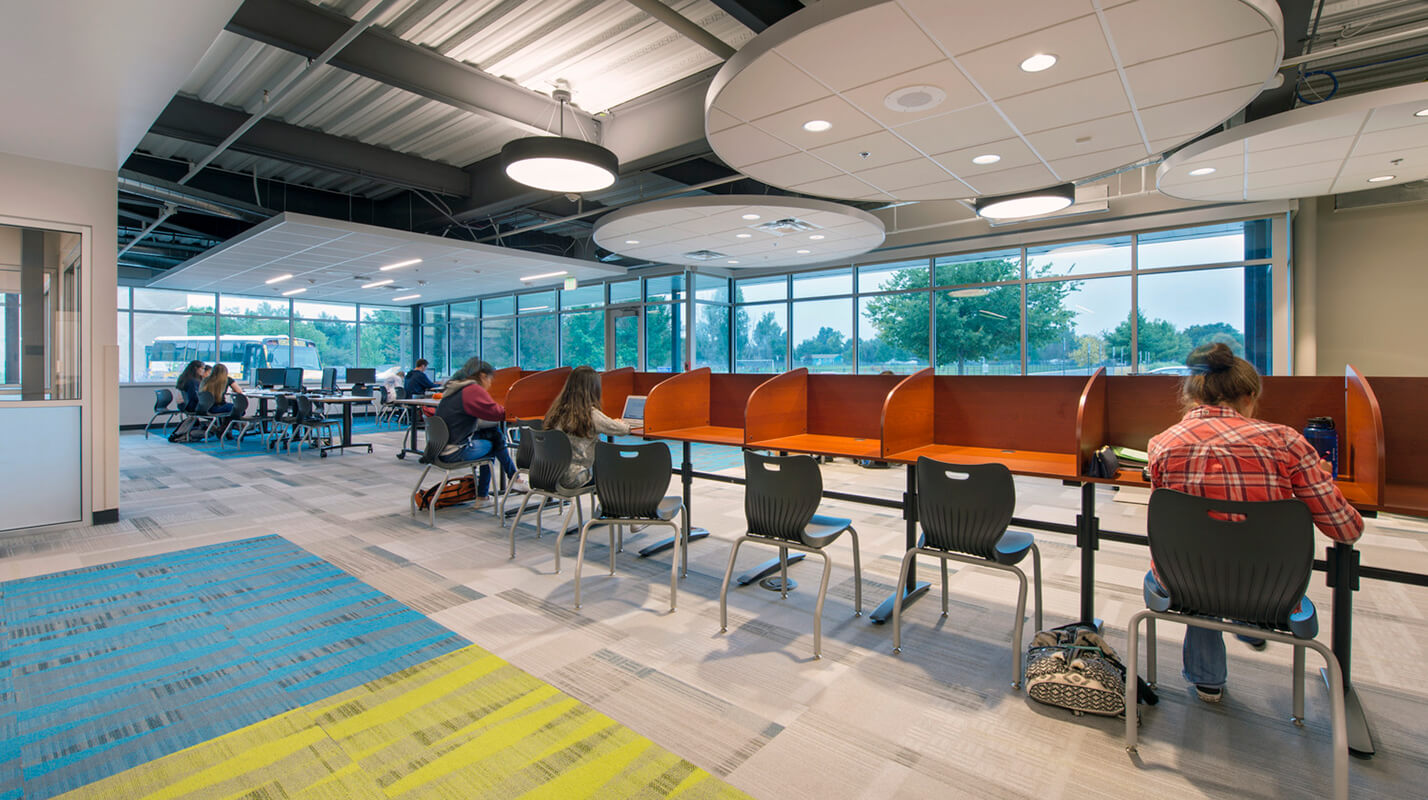
Using technology to balance individual reflection and group presentation
Many schools are putting more technology directly into the hands of students. Personal computers provide opportunities to work individually and then digitally share progress and results. A well-integrated classroom gives the teacher the ability to instantly take individual digital work and share it with the whole class. This promotes the interaction of ideas and involves a better mix of students in the discussion without unintentionally favoring the students who are more likely to raise their hands.
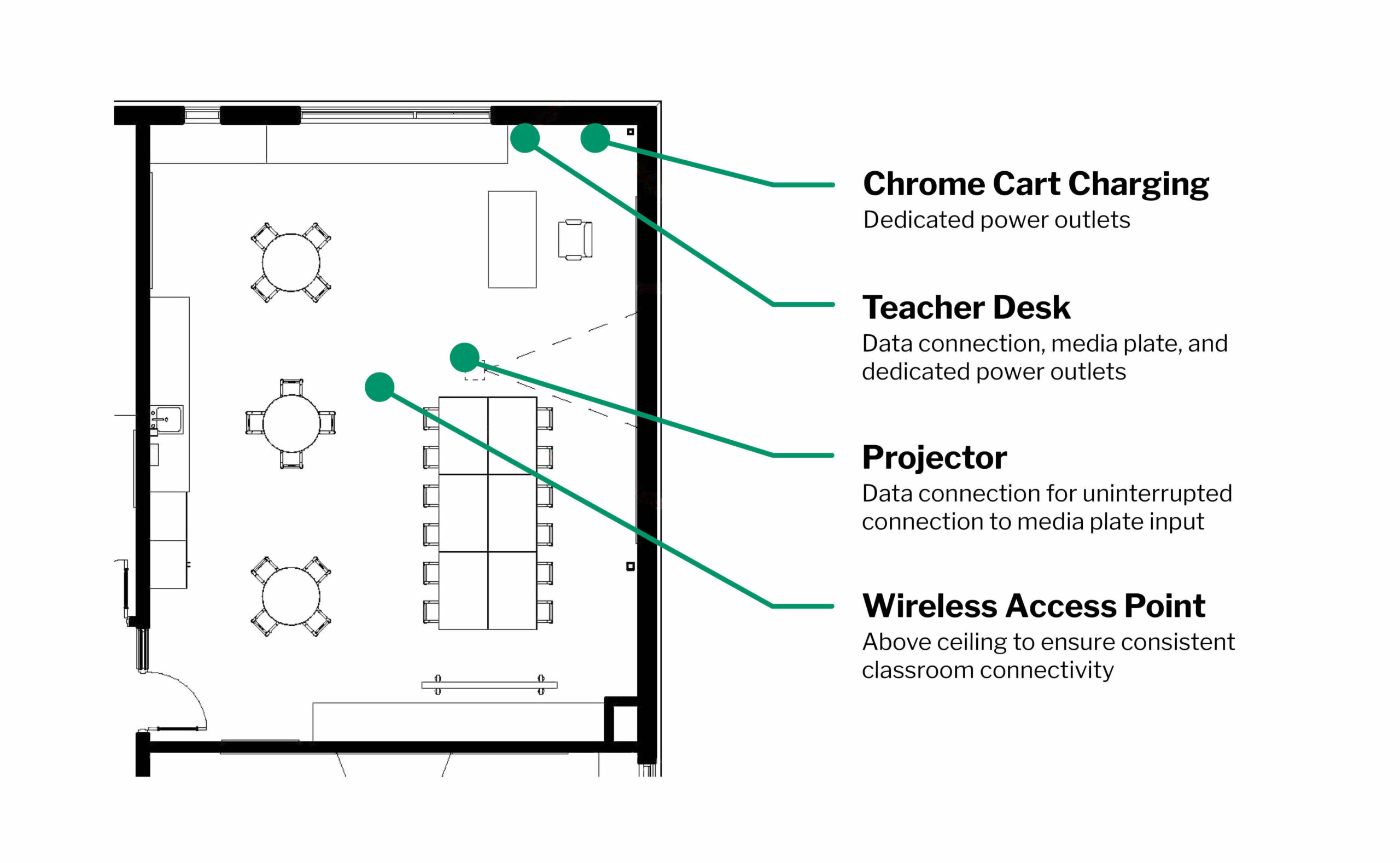
Designing flexible spaces that can adapt to each student’s needs
Flexibility is a popular cornerstone of 21st-century learning environments, usually advertised as futureproofing. While designing spaces to last for years to come is important, flexible design has another benefit: it’s introvert-friendly.
Flexible furniture systems can be arranged into large pods for one lesson, and then scattered into smaller or individual learning stations for the next. This allows classrooms to be arranged into zones: teaching, group discussion, individual work, presentations, and more. Flexibility is a key strategy to create personalization within learning environments.
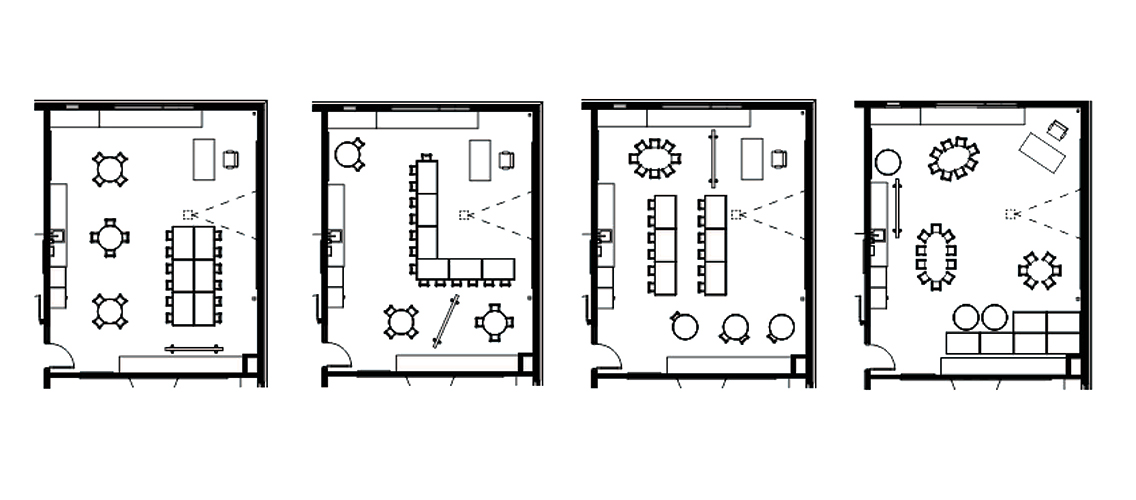
Seeking design opportunities for nooks and crannies
The inevitable result of flexible spaces is a large open area ideal for flexible furniture but less ideal when trying to find a quiet corner. This is where nooks and crannies enter the design conversation.
Ask any parent or teacher—or your seven-year-old self—about why kids love nestling themselves into small spaces. Smaller, partially enclosed spaces are perfect capsules for students to recharge their internal batteries. Building these nooks and crannies demonstrates to students that their need for privacy and self-reflection have a place in the school. We like to locate these spaces adjacent to the primary learning spaces for teacher supervision and to make sure that a student isn’t isolated just because they are working individually.
Dispelling the myth that one personality type is more advantageous
In popular media, modern workplaces, and within school systems, people sometimes treat introversion as a character flaw rather than a personality type. Researchers, psychologists, and even neuroscientists have pointed out that this cultural perception is incorrect, and that introversion is in fact associated with strong academics, creativity, empathy, and effective leadership.
Together, we can create spaces for introverts and extroverts to thrive as they learn, play, and grow. By carving out more spaces for introverts within our schools, we can show students that they are not alone—except for when they want to be.
Design in action
Learn more about ways we’re implementing these design strategies in schools across the country.
Authors
Stay on the leading edge
Stay up to date on emerging trends, research, hot topics, and more delivered conveniently to your inbox.
"*" indicates required fields
